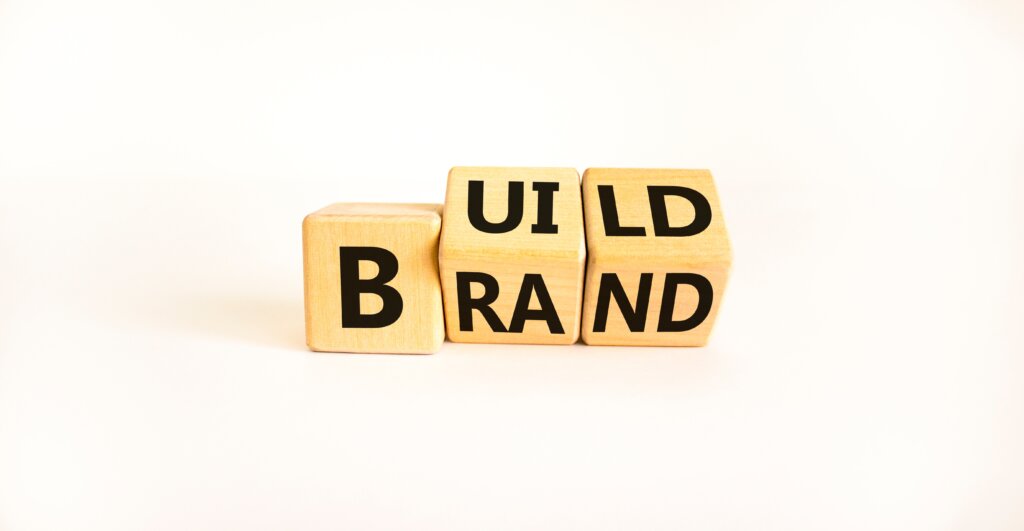Understanding brand archetypes is essential for developing a successful and engaging brand.
Brand archetypes are timeless characters that can be used to represent the core values of a company or product. By understanding how these archetypes work, you can effectively communicate your message to customers in an emotionally meaningful way.
Brand archetypes are divided into twelve distinct categories: the Innocent, the Orphan, the Explorer, the Hero, the Outlaw, the Magician, The Everyman/woman, The Lover/Caregiver/Nurturer, The Creator/Artist/Inventor, The Ruler, The Sage, and The Jester.
Each archetype has characteristics and behaviors that can be used to create powerful stories that resonate with customers emotionally.
This article will explore each archetype through examples from real-world brands.

Importance of Understanding Brand Archetypes
Understanding brand archetypes is important for companies because it can help them create a powerful and emotionally resonant story that speaks to the values of their target audience.
By understanding how each archetype works, businesses can craft stories that capture their customers’ attention, inspire loyalty, and keep them returning for more.
Understanding the archetypes can help a business create a strong and cohesive brand identity across all marketing channels.
For example, suppose a company understands the Caregiver archetype well. In that case, they’re better equipped to create emotionally compelling content that appeals to their target audience and resonates with them emotionally. This can help form deeper connections and boost the success of a marketing campaign.
Additionally, understanding archetypes can help businesses create unique and impactful messaging that stands out from their competitors. By crafting stories around each archetype, companies can tailor their content to reach a wider audience while staying true to their brand’s mission.
The 12 Brand Archetypes and their Characteristics
- The Innocent: This archetype is characterized by simplicity, optimism, and purity. It focuses on creating a sense of hope and belonging for customers. Brands that use this archetype include Dove, Apple, and Whole Foods Market.
- The Everyman: This archetype establishes a strong, emotional bond with customers by providing them support and understanding amid their challenges. It emphasizes the need to find a sense of belonging and comfort in tough times. Brands that use this archetype include Campbell’s Soup, KFC, and The Salvation Army.
- The Explorer: This archetype is about pushing boundaries, seeking adventure, and inspiring customers to take risks. It encourages customers to explore new ideas and concepts. Brands that use this archetype include National Geographic, Jeep, and JetBlue.
- The Sage: This archetype focuses on knowledge, intelligence, and wisdom. It seeks to provide customers with data-backed insights and useful information to help them make informed decisions. Brands that use this archetype include IBM, Amazon Kindle, and Quora.
- The Hero: This archetype is about courage, strength, and resilience in facing obstacles. It encourages customers to take the lead and strive for greatness. Brands that use this archetype include Nike, Under Armour, and Gatorade.
- The Outlaw: This archetype focuses on breaking established norms and conventions while remaining rebellious and non-conformist. It encourages customers to think outside the box and challenge the status quo. Brands that use this archetype include Harley Davidson, Red Bull, and Virgin.
- The Lover: This archetype strives to cultivate an emotional rapport with clients by exhibiting passion and intimacy. It fosters a strong connection between the customer and themselves through common values, beliefs, and experiences. Brands that use this archetype include Tiffany & Co., Victoria’s Secret, and Airbnb.
- The Magician: This archetype empowers customers to unleash their creativity and embark on a transformation journey through innovation. Nourish your imagination and uncover the potential for limitless possibilities! Brands that use this archetype include Lego, Adobe, and Disney.
- The Jester: This archetype is about being down-to-earth, relatable, and ordinary. It creates an emotional connection with customers by showing them they are like everyone else. Brands that use this archetype include Old Spice, Wendy’s, and Dollar Shave Club.
- The Caregiver: This archetype is characterized by nurturing, protection, and support. It seeks to help customers find comfort and security in difficult times. Brands that use this archetype include Huggies, Johnson & Johnson, and United Healthcare.
- The Creator: This archetype focuses on creating something new while being independent and inspiring others to do the same. It encourages customers to be innovative and daring in their pursuits. Brands that use this archetype include Intel, Microsoft, and YouTube.
- The Ruler: The archetype of power, authority, and control creates a feeling of reverence among customers while motivating them to impact the world. Notable brands embodying this archetype include Mercedes-Benz, Rolex, and Louis Vuitton.
These 12 archetypes can be used to create powerful stories and build strong relationships with customers. By understanding the characteristics of each archetype and how they can be used in storytelling, brands can better connect with their target audience and stand out from the competition.
How to Determine Your Brand Archetype
To discover which brand archetype fits your business best, take into account the following:
- Your customers’ needs and wants,
- The messages that you want to convey,
- How your product or service fits into their lives,
- What differentiates you from competitors,
- How your brand can benefit them.
Once you have determined these points, you can identify which archetype best suits your brand. The twelve brand archetypes are:
1) The Caregiver – compassionate, generous, and nurturing;
2) The Hero – courageous, strong, and determined;
3) The Outlaw – rebellious, independent, and disruptive;
4) The Magician – creative, inspiring, and transformative;
5) The Explorer – adventurous, curious, and independent;
6) The Lover – passionate and romantic;
7) The Sage – wise, knowledgeable, and experienced;
8) The Innocent – genuine, childlike, and optimistic;
9) The Creator – innovative and resourceful;
10) The Ruler – powerful and authoritative;
11) The Jester – humorous, playful, and spontaneous;
12) The Everyman – relatable and down-to-earth.
Once you have identified which archetype best fits your brand, you can use this as a framework to create compelling content that speaks to your target audience. You can also use it to inform the design and message of your brand, as well as how you interact with customers.
The goal is to create a memorable and recognizable brand identity that resonates with your target audience, conveys the desired message, and drives customer loyalty.
With this strategy in mind, you should be well on your way to creating a successful and recognizable brand.
Questions to ask yourself when selecting your archetype include:
- What does my brand stand for?
- How does it provide value to my customers?
- What sets me apart from the competition?
- How do I want people to perceive my brand?
- How can I use my archetype to create compelling content and messaging?
Benefits of Using Brand Archetypes
Crafting a memorable and successful brand identity starts with understanding the power of brand archetypes.
It can also help you better understand your customers’ needs and wants, enabling you to create content that resonates with them.
Furthermore, it can help you stand out from the competition by creating an emotional connection with your customers and inspiring them to take action.
Moreover, archetypes can help you construct a recognizable and memorable brand identity that resonates with your intended audience.
Comprehending and utilizing each archetype’s unique functions will allow you to create a clear messaging plan that resonates with your consumers. All of these benefits will help ensure your brand’s success.
Final Thoughts
Brand archetypes can be a dynamic approach to establishing an iconic and successful brand image. By comprehending the attributes of each archetype and incorporating them into your storytelling, you can write content that strikes a chord with your niche market while being distinct from rivals.
Knowing your customers and their wishes will set you apart from others in understanding how best to align with a brand archetype that speaks volumes. Doing so can construct an identity that won’t be forgotten soon!
Do you have a fave archetype?
Share in the comments below. Good luck on your brand journey!
About The Author
Khalid Essam
Khalid is the Chief of Staff at AOK. He collaborates with a team of specialists to develop and implement successful digital campaigns, ensuring strategic alignment and optimal results. With strong leadership skills and a passion for innovation, Khalid drives AOK’s success by staying ahead of industry trends and fostering strong client and team relationships.





